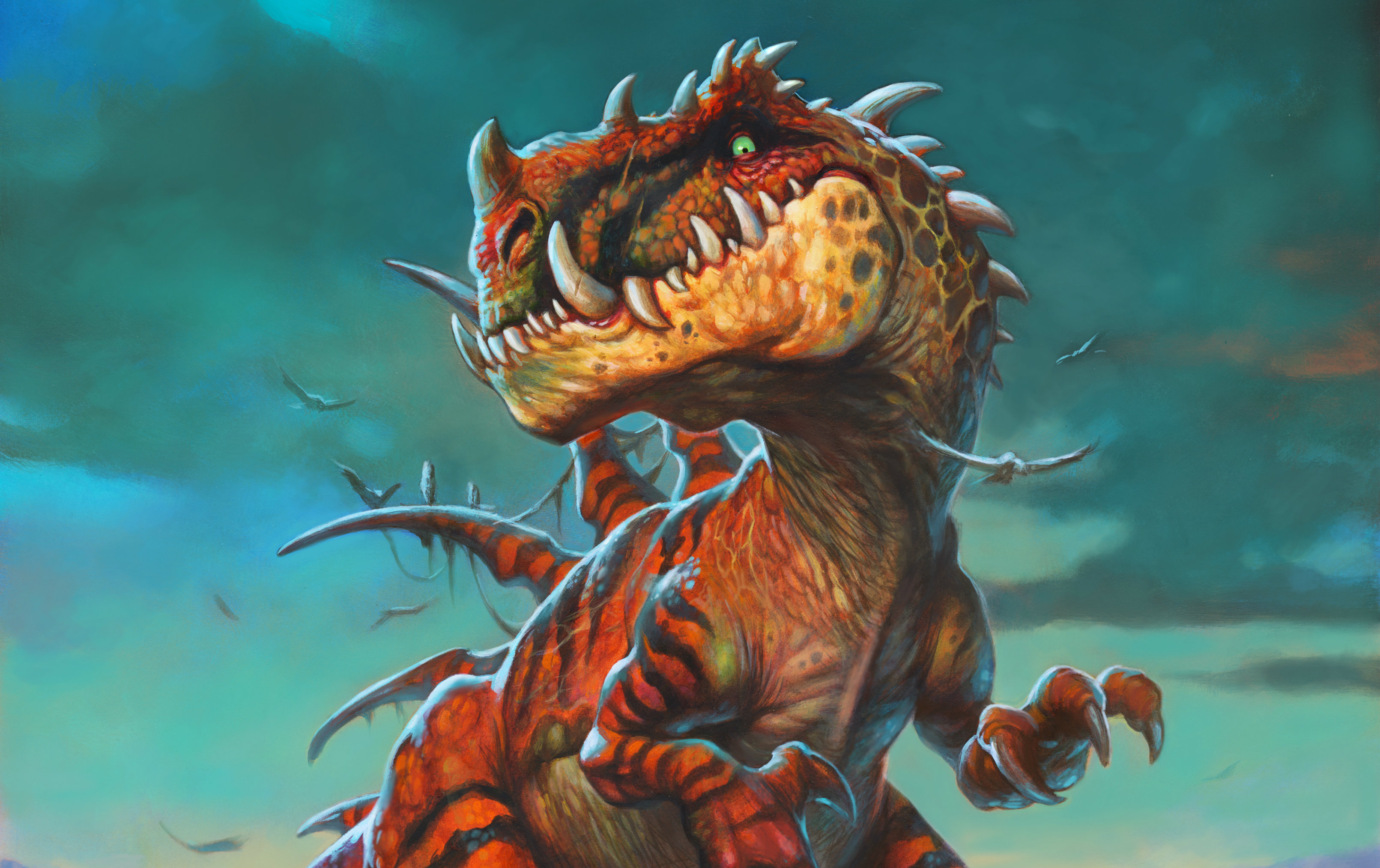
Prior to the release of Journey to Un’Goro, players who wanted to actually win games had three choices. 1) Play an aggressive deck packed with enough Pirates to start a torrent site. 2) Play a control deck built around Reno Jackson and his glorious/infuriating mega heal effect. 3) Play Jade Druid and spam exponentially stronger green golems until your opponent uninstalls. There’s a degree to which the community will always complain that the metagame is stale, but this time the criticism was deserved. The most common matchups were incredibly polarised, and would often come down to whether Patches the Pirate or Reno Jackson were drawn at the wrong or right time.
The situation was exacerbated by the seemingly endless dominance of the Shaman class, which Blizzard not only failed to defang with the release on Mean Streets of Gadgetzan, but actually got stronger thanks to obnoxious cards like Jade Claws. Against an increasingly toxic backdrop, Journey to Un’Goro faced the biggest challenge of any Hearthstone set so far. Not only did it have to fix a number of problems with the existing classes (Paladin and Hunter were almost unplayable, going in), it also needed to reenergise a playerbase, from casuals to pros, which seemed to be souring on the whole experience. Also bear in mind that, as the first set of the calendar year, Un’Goro ushered in a rotation of the Standard format, meaning several older sets became ineligible for the main play mode.
Just a bit of pressure, then. But to their credit, the designers at Team 5 stuck the landing close to perfectly. Un’Goro added 135 cards to the pool, plus several new mechanics, all themed around the titular World of Warcraft crater and its prehistoric inhabitants. Of these, the most successful has been Adapt, which involves players picking one of three buff effects from a possible 10. As with the similar, and hugely popular, Discover mechanic, the beauty of Adapt is that it adds more little decisions to the flow of matches, enhancing the feelings of fun and interactivity that Hearthstone strives for. The result is that whenever there’s an Adapt card in your hand, you want to know what’s in the box.
Elemental, my dear
The main piece of tribal synergy in Un’Goro is a new batch of Elemental cards. Shaman, which had mercifully lost powerhouses like Totem Golem and Tunnel Trogg in the rotation, got a sweet new Legendary in Kalimos, Primal Lord, and initially seemed like the best fit for an Elemental deck. That hasn’t quite proved the case so far, (Mage may actually end up being better), but it actually feels good that the ideal Elemental deck has yet to be figured out. The kind of “parasitic” design used for tribal cards—ie the more of them you run, the better they are—can lead to pretty boring deck-building. But the fact Elementals often require you to play another Elemental on the preceding turn to activate their Battlecry effects requires some serious thought.
Less successful, but still with some potential, are the new Quest cards. These are Legendary rarity 1-Mana spells which automatically start in your hand if you decide to include them in your deck. Each class got one, and they all work roughly the same way: The Quest sets an arbitrary target such as “Summon five minions with 5 or more attack” or “Cast six spells that didn’t start in your deck”, after which you’re rewarded with an overpowered and undercosted card. Or at least that’s the dream. In reality, only a couple of the quests are seeing competitive play, partly due to the loss in tempo of playing a card which effectively does nothing on your first turn.
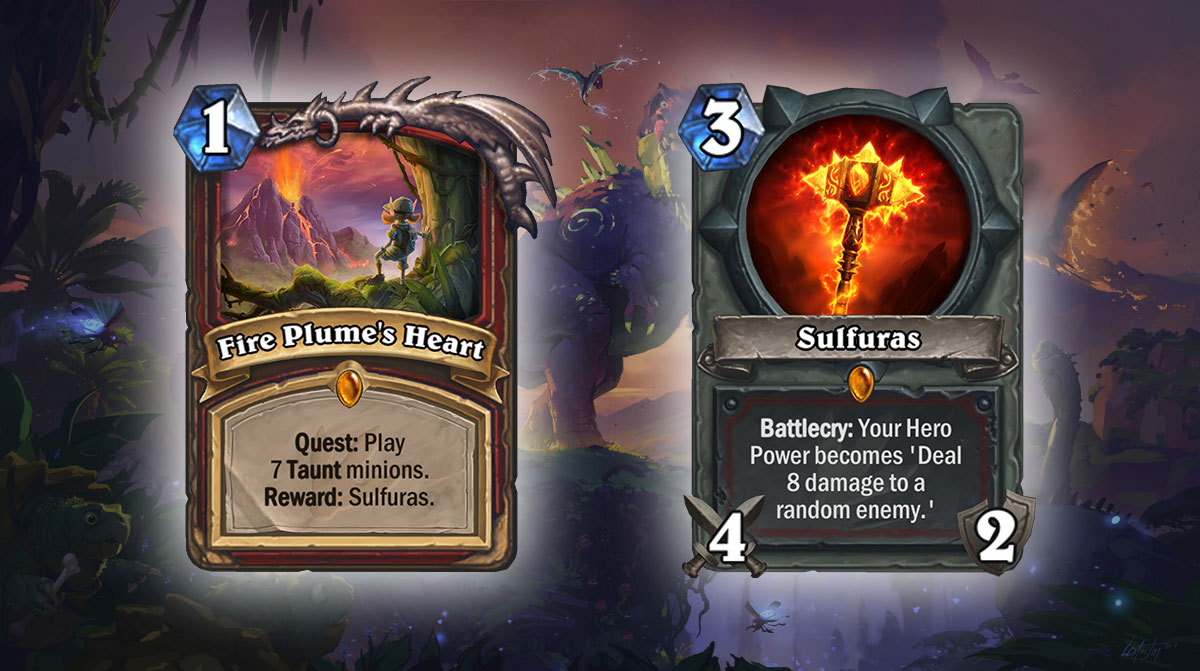
The most powerful Quests to date have been Warrior and Rogue. The Warrior one revolves around dropping Taunt minions in return for a 4/2 weapon that converts your hero power into Ragnaros—ie 8 damage, randomly allocated, every turn. But even Control Warrior mains seem to find the style of play pretty boring, and the mirror match between Quest Warriors is almost a complete coin flip in terms of who completes the Quest first and gets the better RNG damage rolls. More interesting, but also more obnoxious, is the Rogue quest. To complete it you need to play four minions with the same name. Due to deckbuilding rules, the Quest requires “bouncing” the same creature back into your hand using cards like Shadowstep and Youthful Brewmaster.
Losing pretty much always sucks, but there’s something particularly dispiriting about your opponent tenderising your face with a Stonetusk Boar on steroids.
Succeed and the payoff is a spell that turns all the minions in your deck and hand into 5/5s. It’s undoubtedly a cool idea, but players figured out how to pull off the quest a little too consistently. It also absolutely sucks to lose to. To be clear, losing pretty much always sucks, but there’s something particularly dispiriting about your opponent tenderising your face with a Stonetusk Boar on steroids. Nonetheless, according to the data, Quest Rogue isn’t as powerful as its nut draws can make it seem. For one thing, it’s relatively weak to aggro decks which are able to kill the Rogue around the same time the Quest gets completed. That said, the pros say that, as with Patron Warrior, the skill ceiling required to play Quest Rogue optimally is high, meaning only the best players are able to extract maximum performance.
The biggest gaming news, reviews and hardware deals
Keep up to date with the most important stories and the best deals, as picked by the PC Gamer team.
Either way, at least there’s a debate around the power of the Rogue Quest. Some of the others are almost universally agreed to be bad. In fact, the Paladin Quest has one of the worst associated winrates of any card in the Hearthstone. Which is funny, given the hype about it beforehand. The Paladin Quest reward is Galvadon, a dinosaur that Adapts five times when played, giving you a potentially insane smorgasbord of buffs and effects. But the problem is that the hoops you have to jump through to get to Galvadon require running a bunch of shitty spells that leave your deck gimped so badly as to not be worth it. Plus, even the mightiest dinosaur can be blocked by a small Poisonous snail.
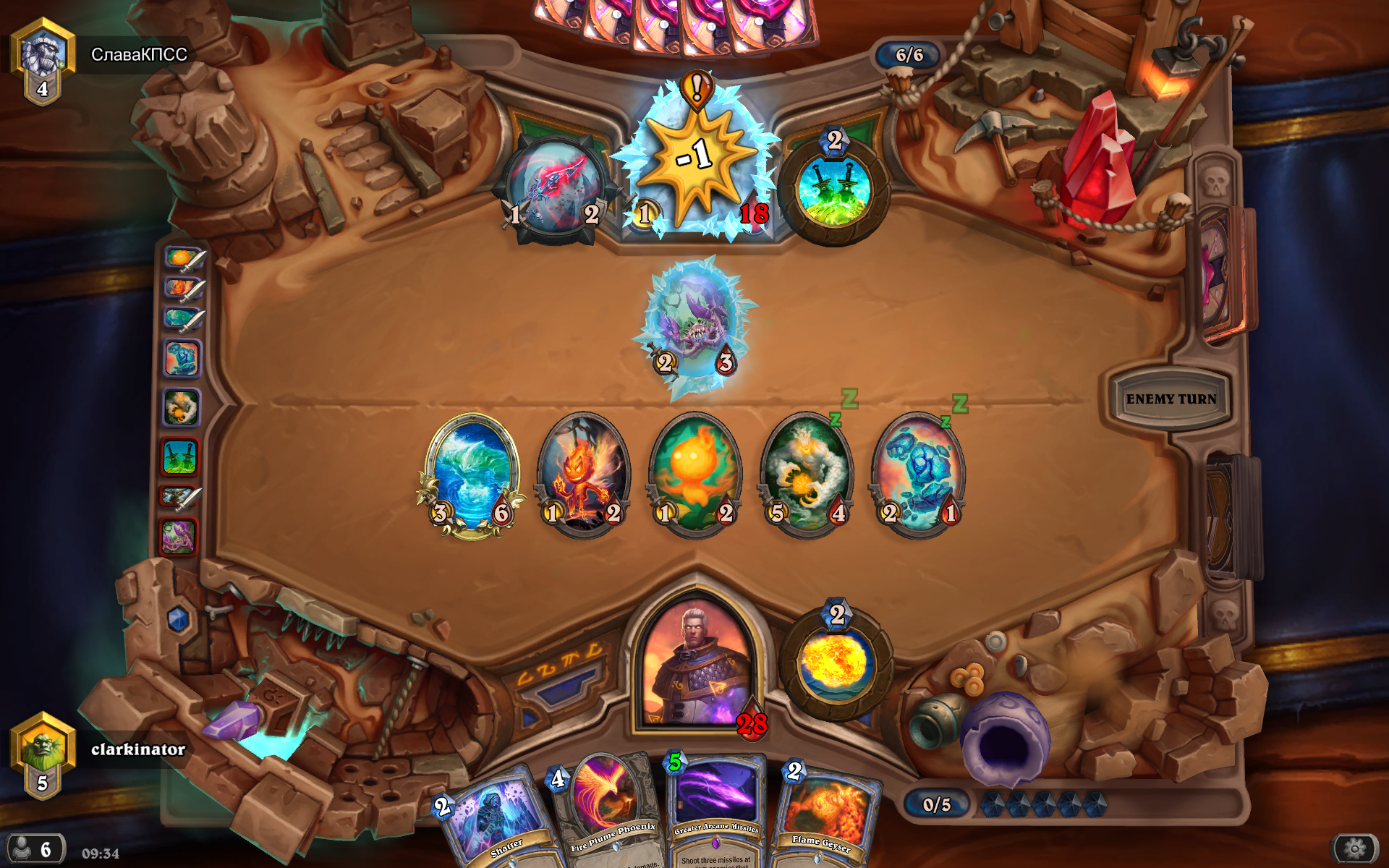
The biggest criticism of Quests is actually their Legendary rarity, which means players are very unlikely to open many in packs, preventing as much experimentation as there might have been. Giving everybody one Quest card, rather than the Volcanosaur we received, would have been a smart move—especially as Blizzard already set the precedent with C’Thun, the free Legendary from Whispers of the Old Gods. Longer term, the move to having three large expansions per year also runs the risk of making Hearthstone perilously expensive. Nonetheless, people will be trying to make Quests work for months to come because they’re cool “build around” cards. And unlike The Grand Tournament’s Inspire mechanic, which remains Team 5’s most notable failure, Un’Goro isn’t reliant on Quests. The fact Quests have whiffed doesn’t matter because the whole of Un’Goro abounds with great design.
Evolutionary effect
The evidence of the expansion's success is found in the deck diversity on ladder. Every class has at least one archetype capable of being played to Legend rank, and usually more. When you think about the challenges of balancing across nine classes, that’s an incredible achievement. Despite its terrible Quest, the Paladin class has gone from nowhere to being top tier, thanks in no large part to a seemingly innocuous 2-Mana Murloc that Discovers a Secret. Almost nobody predicted that card would be good, let alone one of the best in the set. Multiple versions of Priest are also now viable because cards like Radiant Elemental and Lyra The Sunshard, both of which fit the flavour of Priest perfectly, have helped fix long-standing problems with the toolkit of class cards.
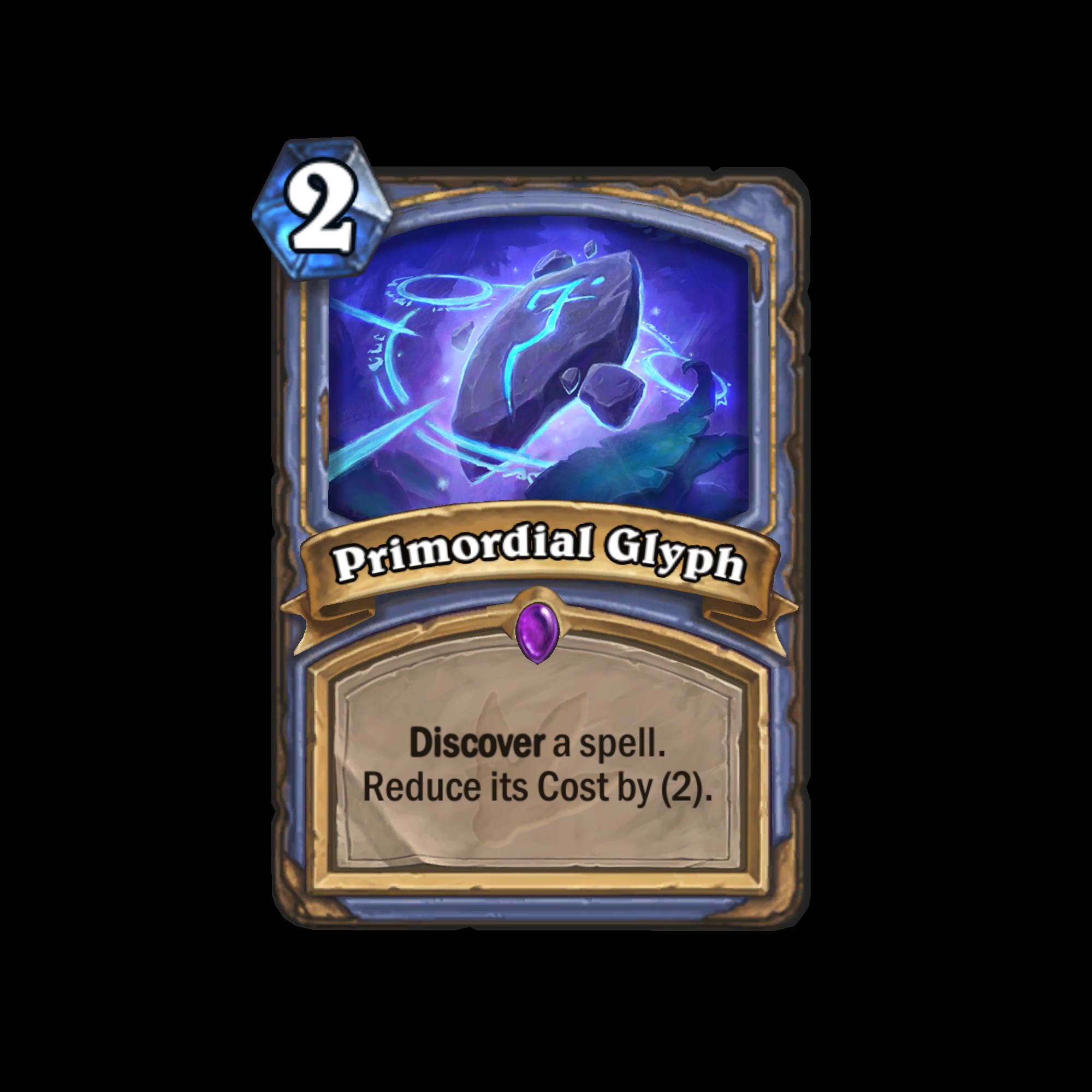
5 of the best Un’Goro cards
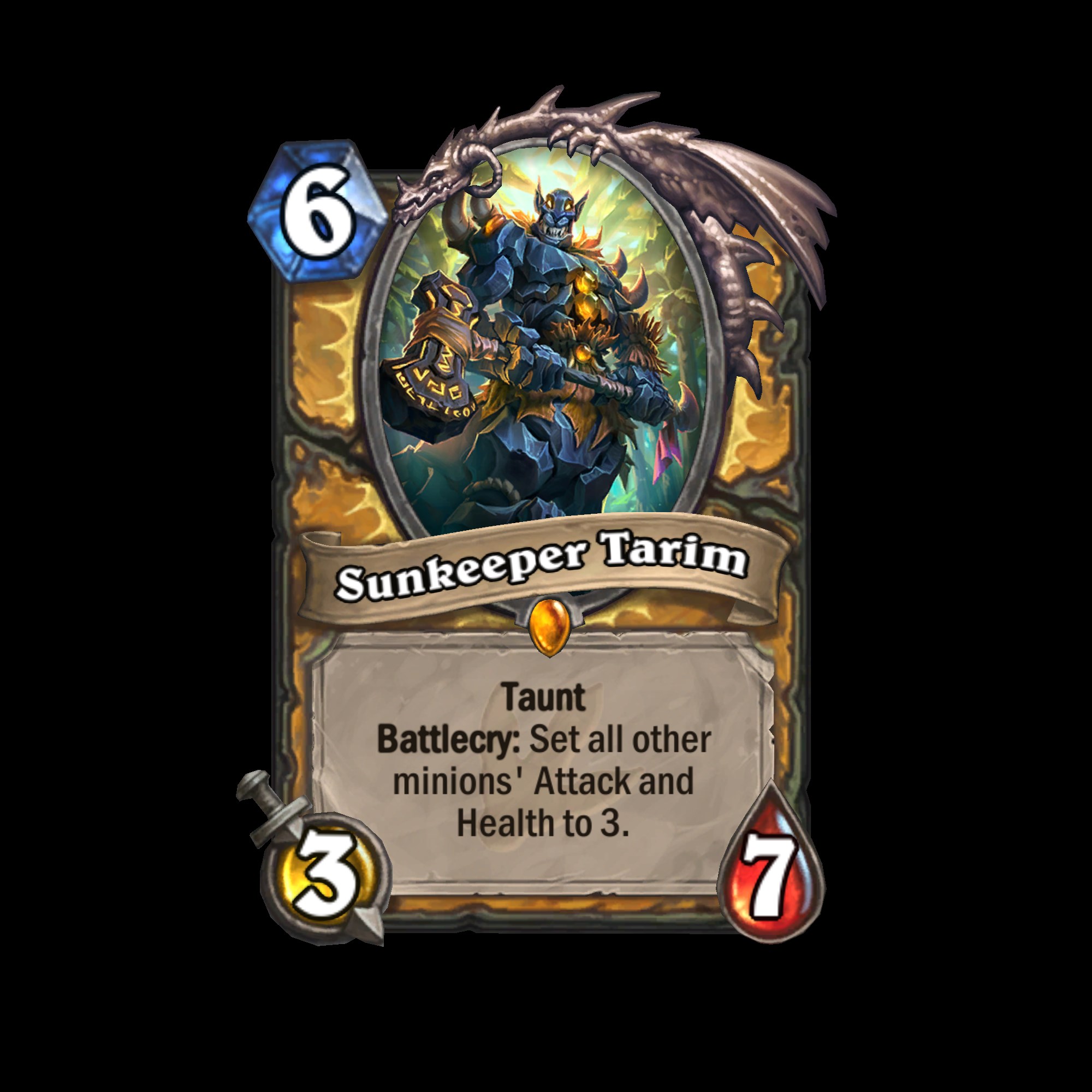
5 of the best Un’Goro cards
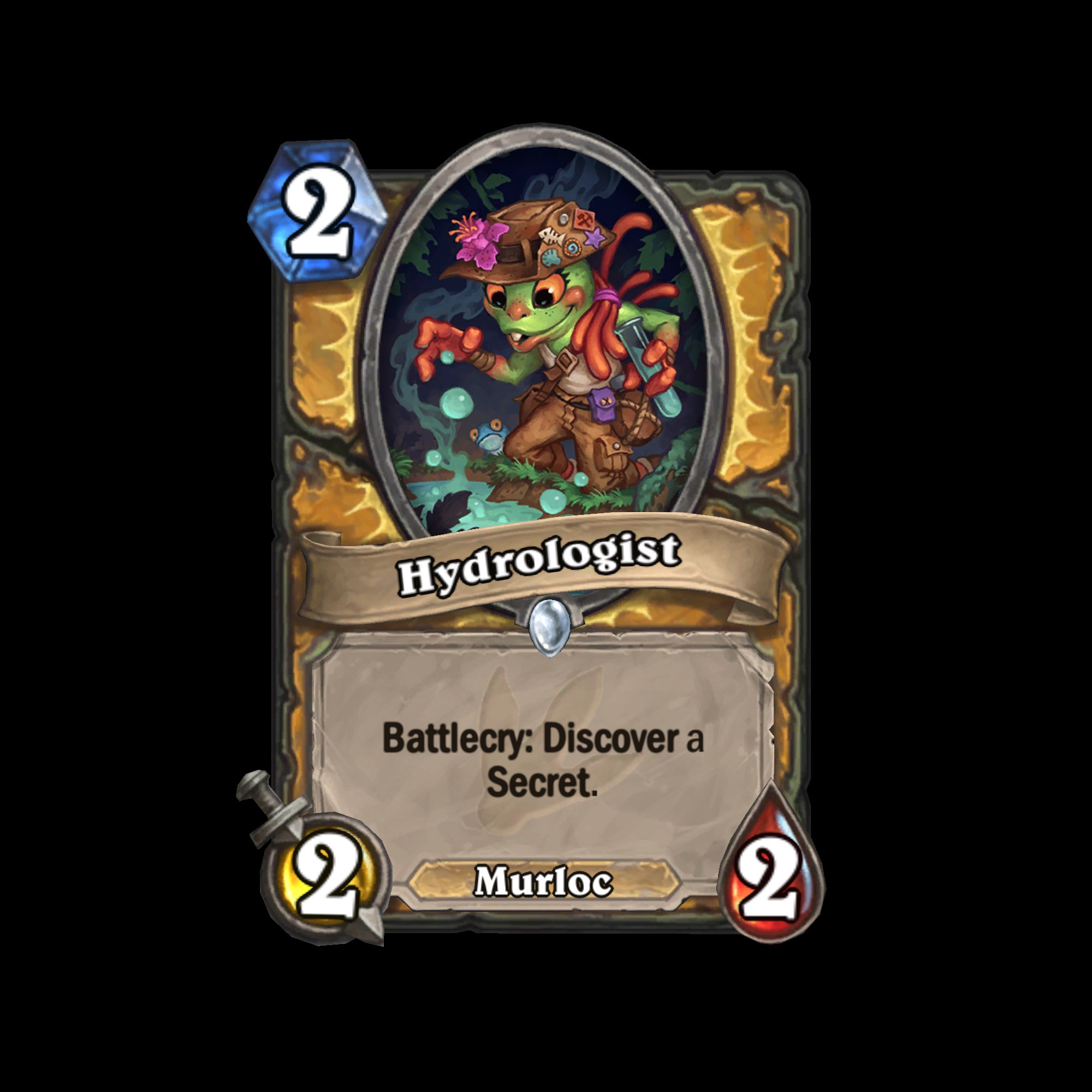
5 of the best Un’Goro cards
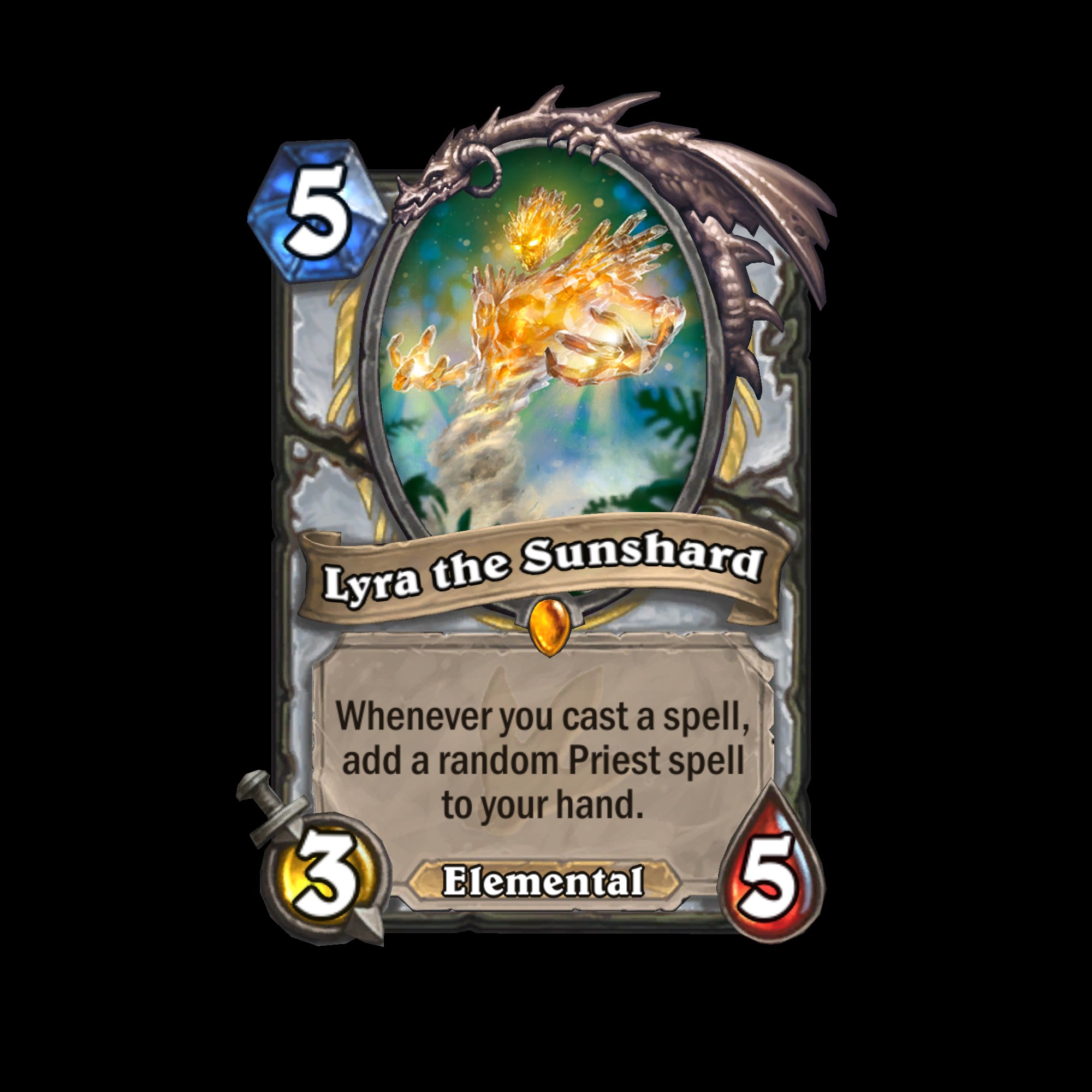
5 of the best Un’Goro cards
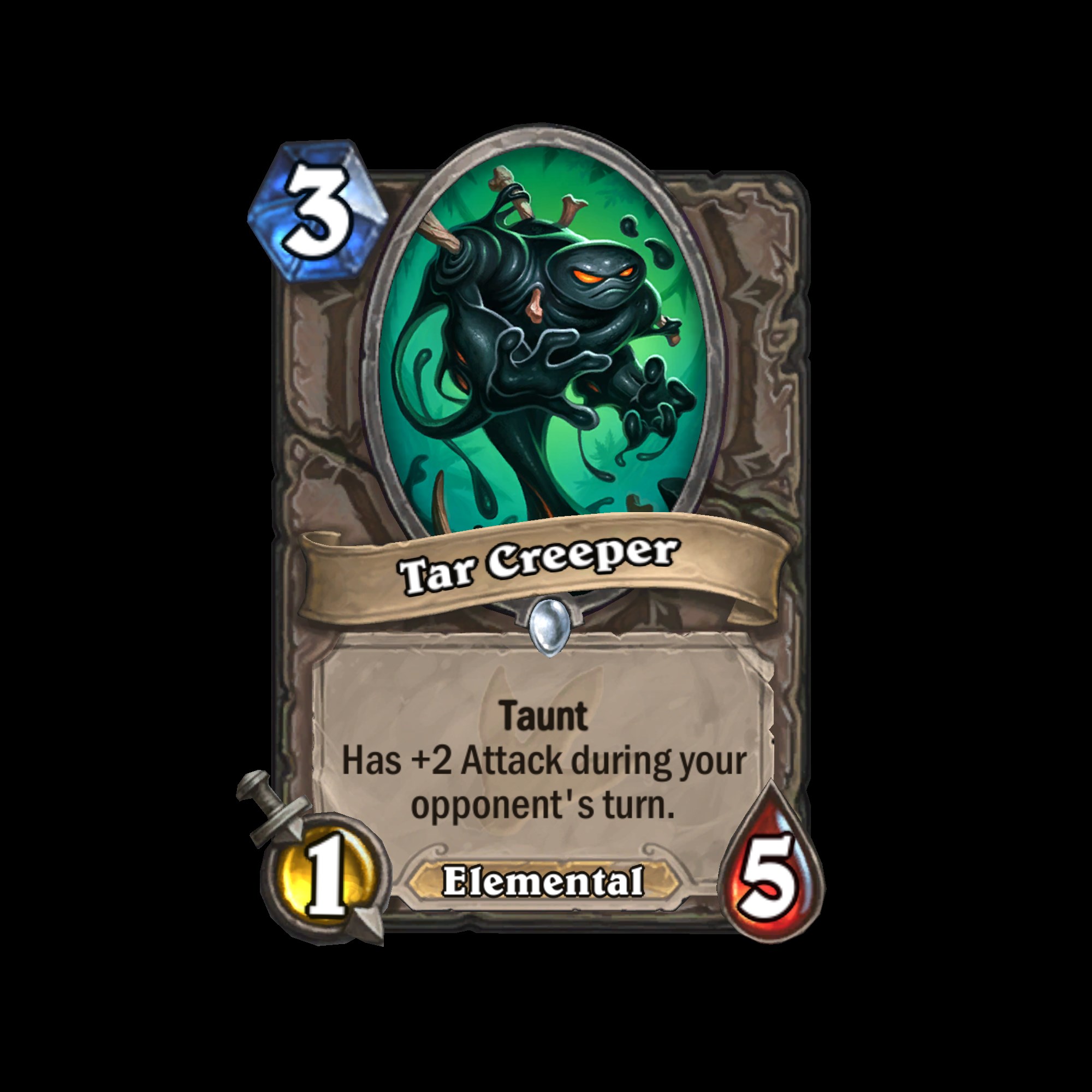
5 of the best Un’Goro cards
Even the fact Warlock is no longer the force it once was feels like a welcome relief after years of dominance. The result is that when I log on now, or watch my favourite streamers, I feel the same sense of anticipation and excitement that I did during the Old Gods era. In fact, I think Un’Goro might be the best set since The League of Explorers in terms of the creativity throughout the set. Comparatively speaking, there’s a lot less filler here than we’ve become accustomed to.
Credit also has to go to Blizzard for making tough calls. At the same time the old sets rotated, a number of ubiquitous Classic cards were also retired to the Wild mode, including fan favourites Ragnaros and Sylvanas. A senior designer at Blizzard had previously told me that removing those cards would be “like taking Tracer off the Overwatch box", indicating how negative the reaction might be. But their loss has ultimately opened up crucial design space for other similarly-costed creatures to see play.
At this stage in Hearthstone’s life, it’s also pleasing to see that the community largely gets why these decisions are necessary for the health of the game. Even the salty Freeze Mage players, who were holding a pity party after Ice Lance was dispatched to Wild, soon found a way to make that deck not just work, but thrive. I guess the message is, in Un’Goro, both life and death find a way.
With over two decades covering videogames, Tim has been there from the beginning. In his case, that meant playing Elite in 'co-op' on a BBC Micro (one player uses the movement keys, the other shoots) until his parents finally caved and bought an Amstrad CPC 6128. These days, when not steering the good ship PC Gamer, Tim spends his time complaining that all Priest mains in Hearthstone are degenerates and raiding in Destiny 2. He's almost certainly doing one of these right now.


